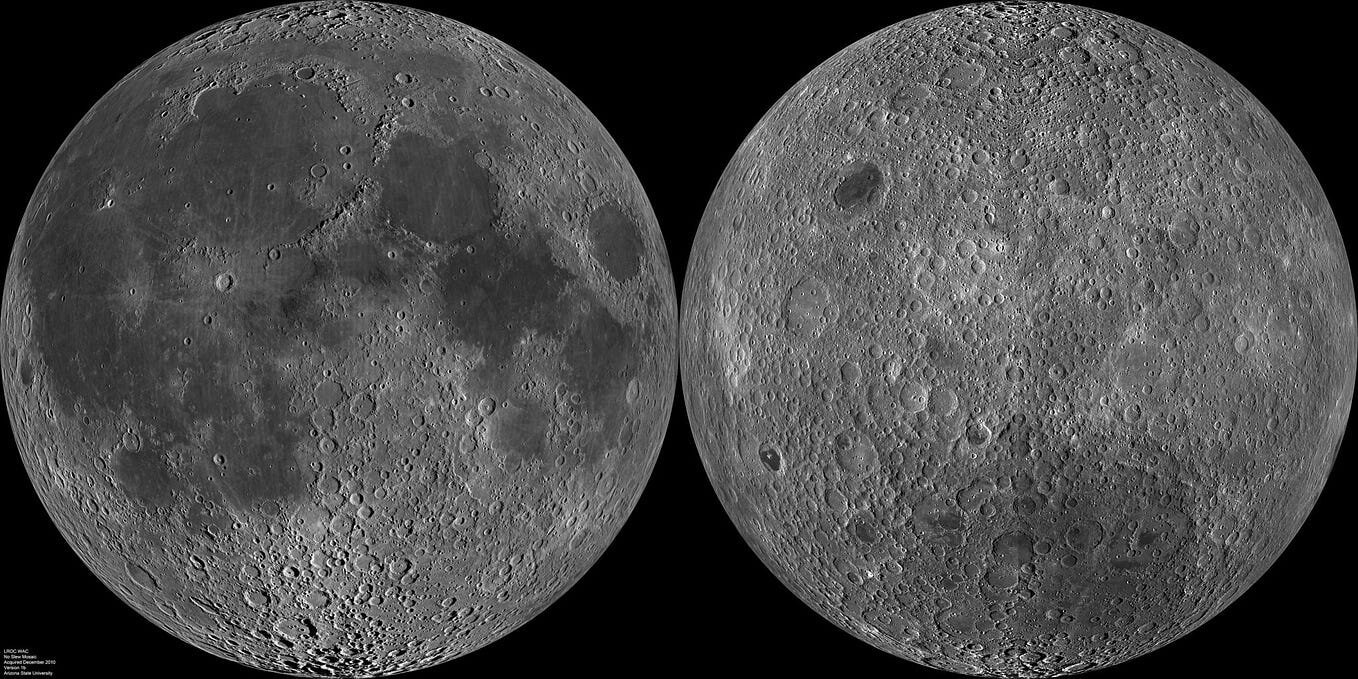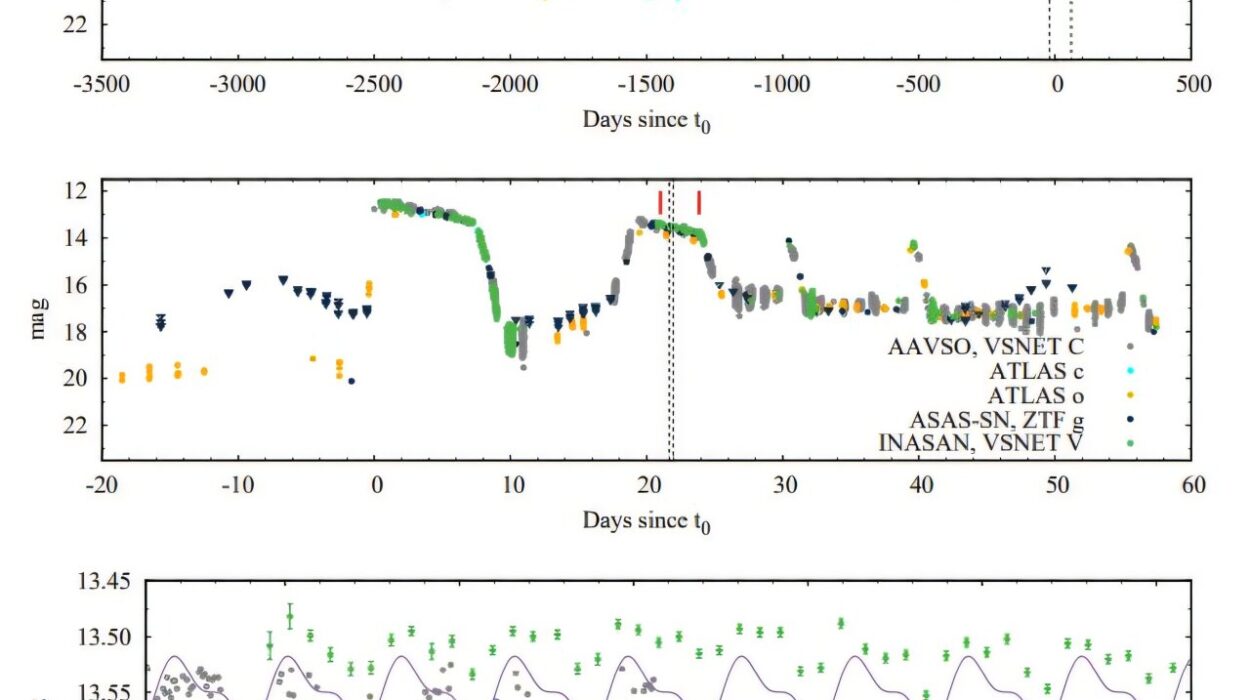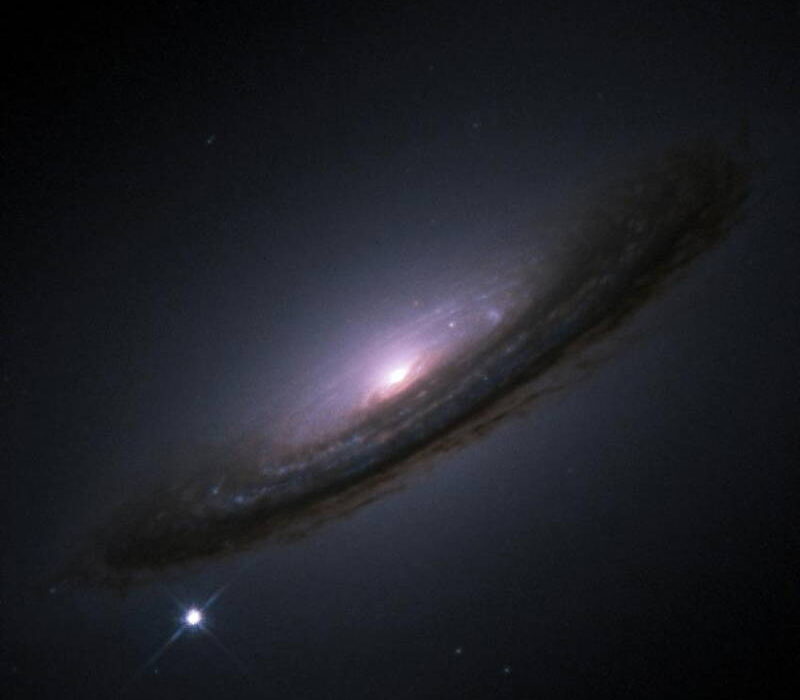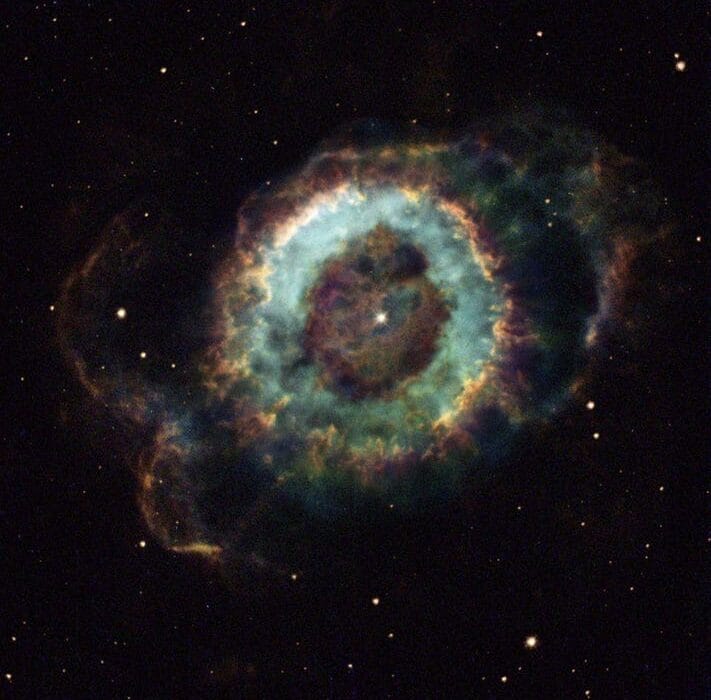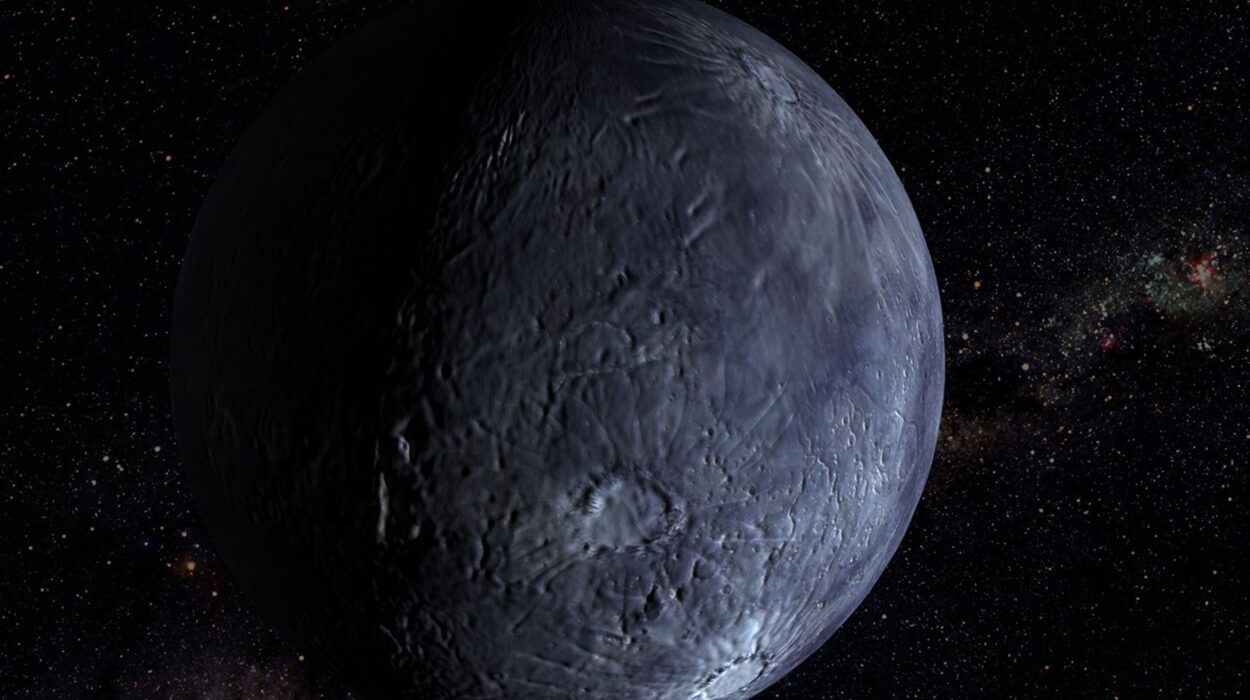Look up at the moon on any clear night, and what you’re seeing is a cosmic coin that never flips. For billions of years, Earth has gazed upon the same lunar face—a face marked by dark blotches and smooth plains, the aftermath of ancient lava flows. But if you could hover in space and look at the moon’s far side—the side that never faces Earth—you’d see something starkly different. It’s rough, rugged, and lacks the volcanic “maria” that define the nearside. For decades, scientists have puzzled over this dramatic asymmetry. Now, new research suggests the secret may lie deep inside the moon, in the very substance of its rocky heart.
The Mystery of the Two-Faced Moon
The moon’s geological Janus-face—dark and smooth on one side, battered and jagged on the other—has long teased planetary scientists. The nearside is splashed with ancient volcanic basins known as maria (Latin for “seas”), created by eruptions that occurred more than 3 billion years ago. The farside, in contrast, is pocked with craters and highlands, a relic of older, more violent times.
But what caused this split personality? Why did one hemisphere get a molten makeover, while the other remained frozen in time?
Early theories pointed to external events—massive asteroid impacts, tidal interactions with Earth, or even the possibility that a smaller companion moon crashed into one side of the moon and got absorbed. But none of these fully accounted for the interior mechanics that might explain the moon’s volcanic favoritism. Now, thanks to data from a pair of NASA spacecraft nicknamed Ebb and Flow, researchers have taken a peek beneath the lunar crust—and what they found suggests that the moon’s imbalance may come from the inside out.
The GRAIL Mission: Listening to the Moon’s Gravity Song
The discovery comes from the GRAIL mission (Gravity Recovery and Interior Laboratory), which launched in 2011 with a clever plan: to map the moon’s gravity field with exquisite precision. The twin spacecraft orbited the moon in tandem, constantly measuring tiny changes in the distance between them caused by gravitational variations below. These gravitational ripples reflect differences in density, structure, and composition hidden inside the moon—like sonar for the lunar interior.
By carefully analyzing how the moon’s gravity fluctuates as it wobbles through its orbit, researchers can infer how stiff or squishy the mantle is in different regions—how much it deforms in response to tidal forces from Earth. And here’s where the mystery gets interesting.
A Warmer Heart on the Near Side
Ryan Park and his colleagues at NASA’s Jet Propulsion Laboratory discovered a subtle but significant difference in how the lunar mantle behaves on each side of the moon. According to their findings, published in Nature, the nearside’s mantle is 2–3% more deformable—softer, more pliable—than the farside’s. That might not sound like much, but in planetary terms, it’s a big deal.
To explain this, the team turned to thermal models. Their simulations suggest that the nearside mantle is up to 170°C (about 300°F) hotter than the farside. That thermal asymmetry is more than enough to make the nearside mantle squishier under the moon’s internal stress.
So why the temperature difference? The likely culprit is radioactive decay.
Heat from the Past: Thorium, Titanium, and Ancient Fireworks
Planetary bodies generate heat in several ways, including the decay of radioactive elements. On Earth, uranium, potassium, and thorium contribute to the planet’s internal heat, helping drive plate tectonics and volcanic activity. Something similar, though on a smaller scale, happened on the moon.
Remote sensing data from previous lunar missions revealed that the moon’s nearside crust has higher concentrations of thorium and titanium—elements that produce heat when they decay. These heat-producing elements are especially abundant in a geological formation known as the Procellarum KREEP Terrane, a sprawling region beneath the dark volcanic plains of the nearside. (“KREEP” stands for potassium (K), rare-earth elements (REE), and phosphorus (P).)
This radioactive hotbed could have served as a natural furnace, warming the nearside mantle for billions of years and making it more prone to melting. That molten rock then bubbled up through fractures in the crust, resurfacing vast areas with dark basaltic lava. The farside, lacking this radioactive boost, stayed cooler and more geologically quiet.
A Tale Etched in Stone and Time
The implications are profound. This internal temperature difference likely sculpted the moon’s asymmetric face: a smoother, lava-bathed hemisphere visible from Earth, and a colder, older farside covered in impact scars. It helps explain why lunar volcanism was so lopsided, and why crustal thickness varies—up to 20 km thicker on the farside than on the nearside.
In essence, the moon’s two-faced appearance is not just skin-deep. It reflects a fundamental asymmetry in its inner structure, shaped by the uneven distribution of radioactive elements billions of years ago.
How the Moon’s Uneven Heat May Have Originated
But how did the moon end up with a lopsided stash of thorium and titanium in the first place?
One leading hypothesis ties it back to the moon’s formation. According to the widely accepted giant impact theory, the moon formed when a Mars-sized object, often nicknamed Theia, collided with the early Earth. The debris from this catastrophic event coalesced to form the moon.
During the moon’s early molten phase—known as the magma ocean stage—heavy elements began to sink and lighter ones rose, in a process called differentiation. It’s possible that tidal interactions with Earth and the direction of cooling winds in space caused heat and radioactive elements to become concentrated on one side of the moon. That early imbalance may have been locked in for eternity.
Peering into Other Worlds
Perhaps one of the most exciting aspects of this discovery is its broader relevance. The techniques developed for the GRAIL mission—inferring internal structure from gravitational responses—can be applied to other celestial bodies. No need for landers or drills; just orbit, measure, and decode.
Planets and moons like Mars, Enceladus, and Ganymede could reveal similar secrets. Enceladus, a tiny moon of Saturn with a subsurface ocean, has already shown signs of gravitational anomalies linked to liquid water. Ganymede, Jupiter’s largest moon, may have a complex internal structure involving layers of ice and rock.
With this method, planetary scientists can begin to map the hearts of alien worlds—and perhaps find signs of past or present geological activity, or even environments that could support life.
A Living Legacy of Lunar Science
The moon has long been humanity’s companion, lighting our nights, inspiring our myths, and guiding our calendars. Yet it still surprises us. For all our visits and photographs, its hidden half remained mysterious until the space age, and even now, its deep interior continues to whisper stories we’re only just learning to interpret.
Thanks to GRAIL and the careful work of researchers like Ryan Park, we now know that the moon’s lopsided surface is just the visible trace of a deeper, warmer truth. The moon’s asymmetry is not an accident, nor merely a matter of chance impacts or external collisions. It is the signature of an internal drama—a slow, radioactive simmer that reshaped one hemisphere and left the other to cool in solitude.
In a universe where most planets spin and shift with abandon, the moon remains our quiet neighbor. But as this research shows, even the quietest neighbors have complicated histories—and hearts that don’t beat evenly on both sides.
Reference: R. S. Park et al, Thermal asymmetry in the Moon’s mantle inferred from monthly tidal response, Nature (2025). DOI: 10.1038/s41586-025-08949-5
